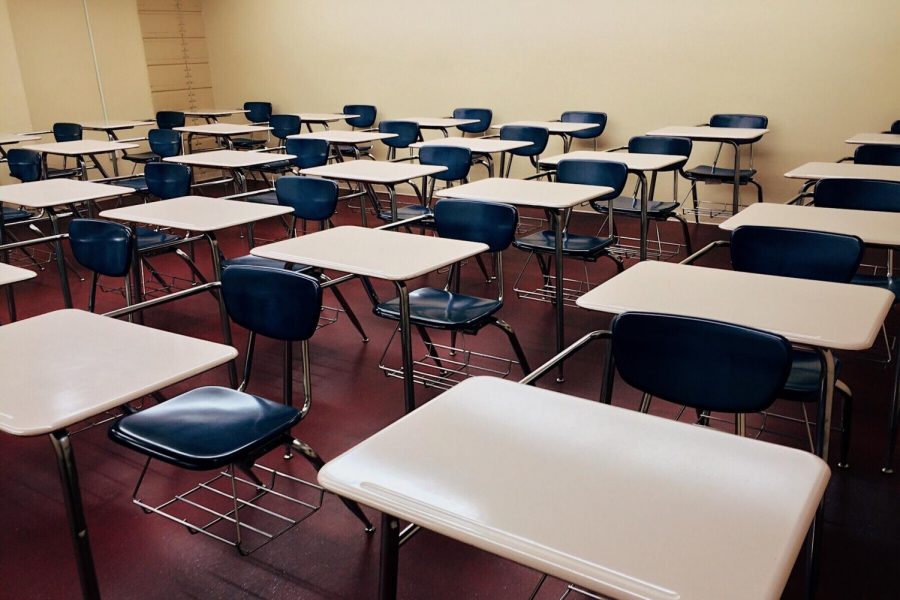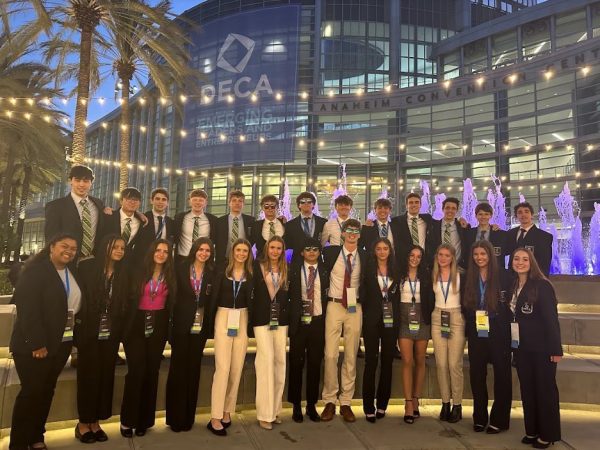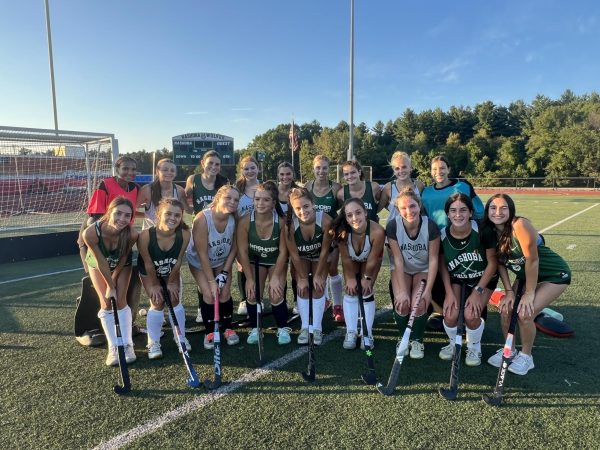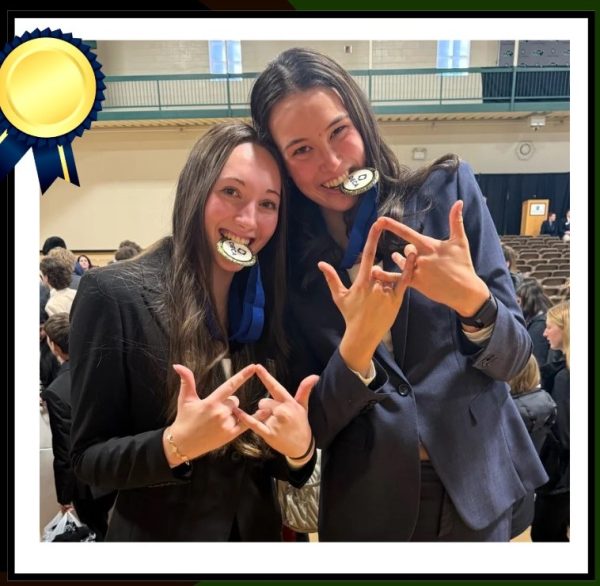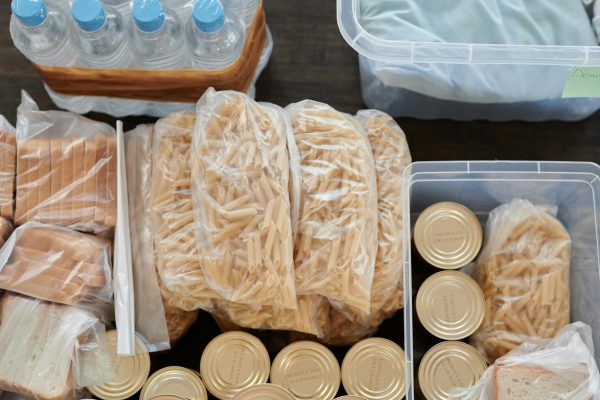What to Expect from the NRHS Hybrid Schedule
As we approach the first day of the highly anticipated hybrid learning plan which will go into effect on March first, students are still left with many unanswered questions. We are aware of the video put out by administration on the model, but many students continued to not completely understand how the new school days would work. Due to the many questions lingering within the student body, The Chieftain Press decided to interview the administration on the hybrid learning model.
After composing a list of frequently asked questions from our peers, The Chieftain Press sat down with the interim Principal of Nashoba, Stephen Cullinane, to help fix any remaining confusion there is about returning in March.
The first subject The Chieftain Press asked him about was what can full-remote learners expect to change, will they be missing out on anything?
“The biggest challenge for remote learners will be not having the asynchronous time to get extra help. These asynchronous periods will now be student directed, not teacher directed and teachers will be teaching other students during this time and won’t be able to interact with students,” Cullinane said. “This is the biggest drawback of the hybrid model in my opinion. Another area that will be felt by all is that the pace of classes will be slowed. Students will not get through as much curriculum as they would have staying in the remote model. They just have less actual class time in the hybrid model.”
One of the biggest concerns found was, with the COVID-19 pandemic expected to still be ongoing, how can Nashoba ensure the maximum amount of safety when it comes to health risks?
“After talking to other schools about how they are doing this, we are going to follow their plans,” Cullinane responded. “Most are having students wipe down their desks when they are leaving class and those coming in will also wipe down their desks when they arrive.”
And what about student accountability? What do you plan to do about students who refuse to wear masks, or that continue to travel or party?
“Naturally we’d rather students didn’t go to parties, but we will follow the district protocols for events that may come up,” he answered, “If students travel they are required by state law to be tested or to quarantine once they return.”
A few students were concerned about how this change might affect the teachers. Will teachers have to create separate plans for hybrid/remote students and how will teachers be supported with this?
Up to this point, “teachers have done an unbelievable job of reworking their curriculum” and Mr. Cullinane feels “very confident they’ll be able to move from one mode to another.” And if too many teachers or students test positive for Covid,
“we would need to return to the remote model until people were healthy enough to bring folks back.”
Transportation to high school presents a different set of issues, like how parking passes will work, and if seniors get priority. This year there will be no charge for parking. Although that might change eventually, as of right now there should be plenty of parking spaces for everyone.
The statement that we would be going to school for half the time confused some students, with one person asking why we could not just go back for full days the whole week. As Mr. Cullinane explained, “We can’t fit all the students in the building and follow CDC guidelines. Due to the age of our building rooms, the hallways, entryways, etc. are all smaller than usual. In order to keep 6 feet social distancing the only way to do so is with less students.”
One other question that was left unanswered was the presence of drama and other clubs. Even with the pandemic, would clubs and musicals be allowed to run? Mr. Cullinane assured the Chieftain Press that “We will continue to do these the same way we are now. We need to keep everyone as safe as possible under the circumstances we are dealing with.”
Cullinane left this message for any students who plan to return in March via the hybrid model:
“The hybrid model is vastly different from regular school. Students will have to sit facing the front of each room, minimal cooperative work, and no gatherings in the hallways. Students will come into the building and go directly to their first class.”. Movement between classes will be closely monitored to make sure we are keeping social distance. I don’t want students to think that coming back in the hybrid model will be anything like a normal school day.. All of that being said, like any other challenge, we will get through it and we will get through it together. We are looking forward to seeing students back in the building.”

